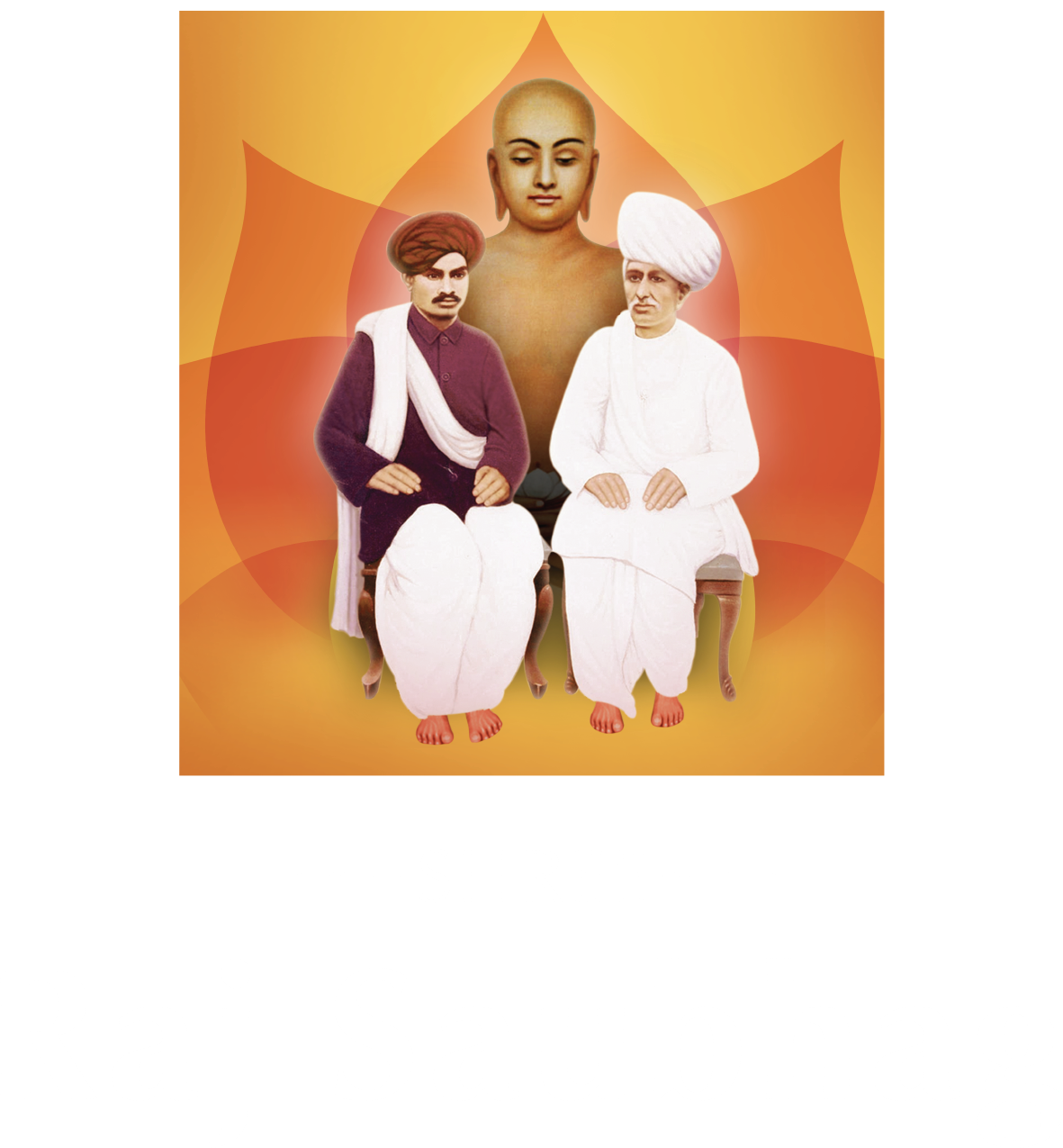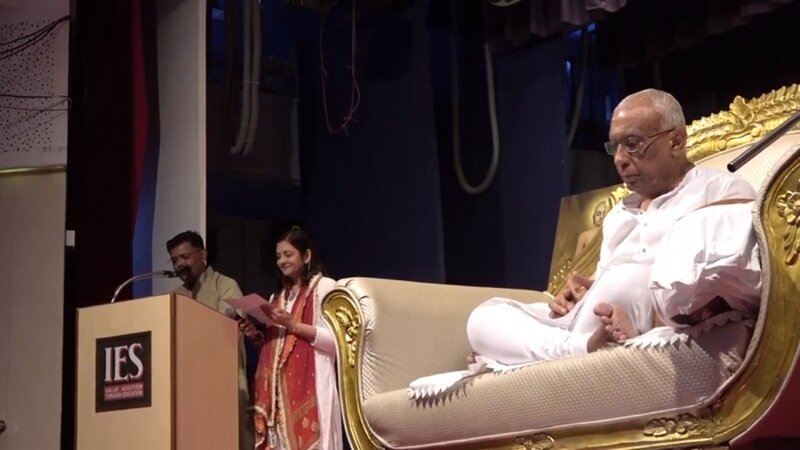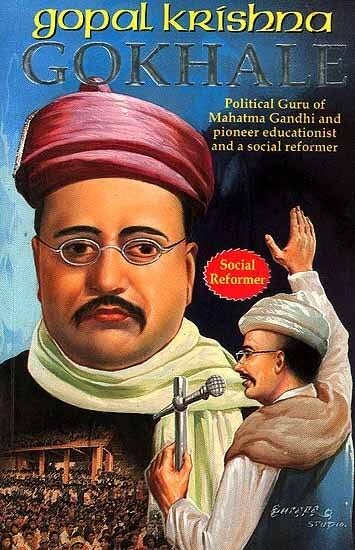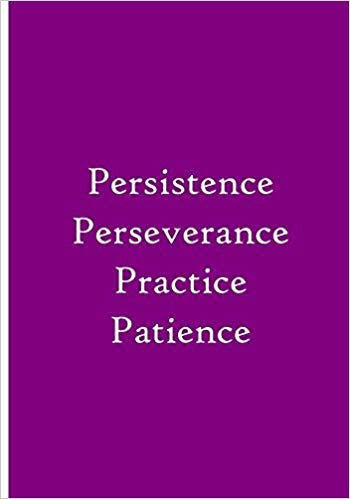What does Samyak Darshan mean?
Samyak stands for eternal truth and darshan means to experience, Samyak Darshan hence means realisation of the truth. In our worldly lives, change is the only constant truth, everything is momentary. Samyak Darshan emphasises on transcending to a truth that is eternal and does not change in minutes, months, years or even lifetimes.
What are the virtues that pave the path to Samyak Darshan?
1. Shraddha: Unconditional faith is the base of this path to self realisation. Belief in the holy trinity of Satdev, Satdharm and Sadguru is the quintessential tool we are armed with. It is this shraddha that eventually helps us imbibe other virtues. A couplet written by Saint Kabir perfectly sums up this thought,
“Dukh mein sumiran sab kare, sukh mein kare na koi,
Jo sukh mein sumiran kare, toh dukh kaahe ko hoi!”
Those that live with unshaken faith in the holy trinity will never be bothered by the adversities of life.
2. Upsham: Controlling our passion results in upsham or relief from the karma we have gathered over births. We need to master the feelings of anger, pride, deceit and greed. We should be able to recognise them when they rise and keep them from over powering our actions. Vairagya and upsham are two methods to cure our desires and passion. These four feelings are like a fire burning inside us, they may burn someone else but they damage us the most.
“Avichaare karine toh moh chhe, kar vichar toh paam!”
It is the lack of thought, about the true nature of what we desire, that leads us astray. Contemplate to realise.
3. Nirved: Nirved refers to the realisation of misery our soul has experienced one life after the other. The pain our soul has been subject to since the beginning of time is immeasurable. Living infinite lives, we have borne unimaginable agony. Every soul in every form in all the four loks is unhappy, except the enlightened, only they are truly happy.
4. Samveg: Samveg is the acute desire to attain Moksha. If a casino put up a board saying no winnings were allowed to be cashed, one must leave them all inside, would anyone enter? No. Our life is the same, everything we accumulate here, we must leave behind. Only our karma can be carried forward. Knowing this, only a fool would waste his time achieving worldly success instead of investing in his Aatma.
5. Anukampa: “Anya nu dukh dur kare, ene potana dukh nu vedan thatu nathi.”
If we are compassionate and can feel the pain of those around us, our problems will take a back seat and minimise. Helping and being of use to others, in reality, helps us.


















































































